Key Points
- Snail holds the overall record, lasting up to 3 years in dormancy.
- Australian Pygmy Possum is the longest continuous mammal sleeper (367 days).
- True hibernation involves extreme body temperature and metabolic drops, unlike the bear's torpor.
Animals that hibernate: Many animals go into hibernation when winter comes, which is one of nature's most amazing ways to stay alive. If you're wondering which animal hibernates the longest, the answer might surprise you: it's not the Black or Brown Bear, who are technically "deep sleepers" in a state of torpor, not true hibernators. Hibernation is a deep physiological pause. Animals that hibernate slow down their heart rate, breathing, and body temperature a lot to save energy.
Scientists have been interested in this phenomenon for a long time, and NASA research shows that they are even looking into how it could be used in space travel and medicine. As habitats around the world change, learning how these hibernating animals survive long periods of scarcity gives us important information about how species can adapt.
Here are the longest sleeping creatures in the world, showing the amazing winners of the animals that hibernate in winter category.
The World's Top 7 Longest Hibernating Animals
To truly understand what hibernation is and the incredible endurance involved, it's essential to look beyond the common assumption. The longest hibernators are experts at metabolic depression, which slows down their life functions to the point where they are almost undetectable.
Based on verified scientific and record data, this is a complete list of the animals that hibernate the longest, with the longest extreme durations listed first and the shortest listed last.
| Rank | Name of Animal that Hibernates | Average/Maximum Hibernation Duration | Hibernation Season |
| 1 | Garden Snail (Aestivation) | Up to 3 Years (in dry conditions) | Dry/Hot Seasons |
| 2 | Australian Eastern Pygmy Possum | Record 367 Days (in captivity) | Winter (May to October) |
| 3 | Queen Bumblebee | Up to 9 Months | Autumn to Spring (Oct-April) |
| 4 | Arctic Ground Squirrel | 7 to 9 Months | Late August/Sept to April/May |
| 5 | Alpine Marmot | 7 to 8 Months | Autumn to Early Spring (Oct-Apr) |
| 6 | Fat-Tailed Dwarf Lemur | Up to 7 Months | Dry/Cold Season (Approx. May to Nov) |
| 7 | Little Brown Bat | 6 to 7 Months | Late Autumn to Early Spring (Sept-May) |
Must Read: List of Top 11 Birds that Make the Most Unique Nests: Ranked
1. Garden Snail
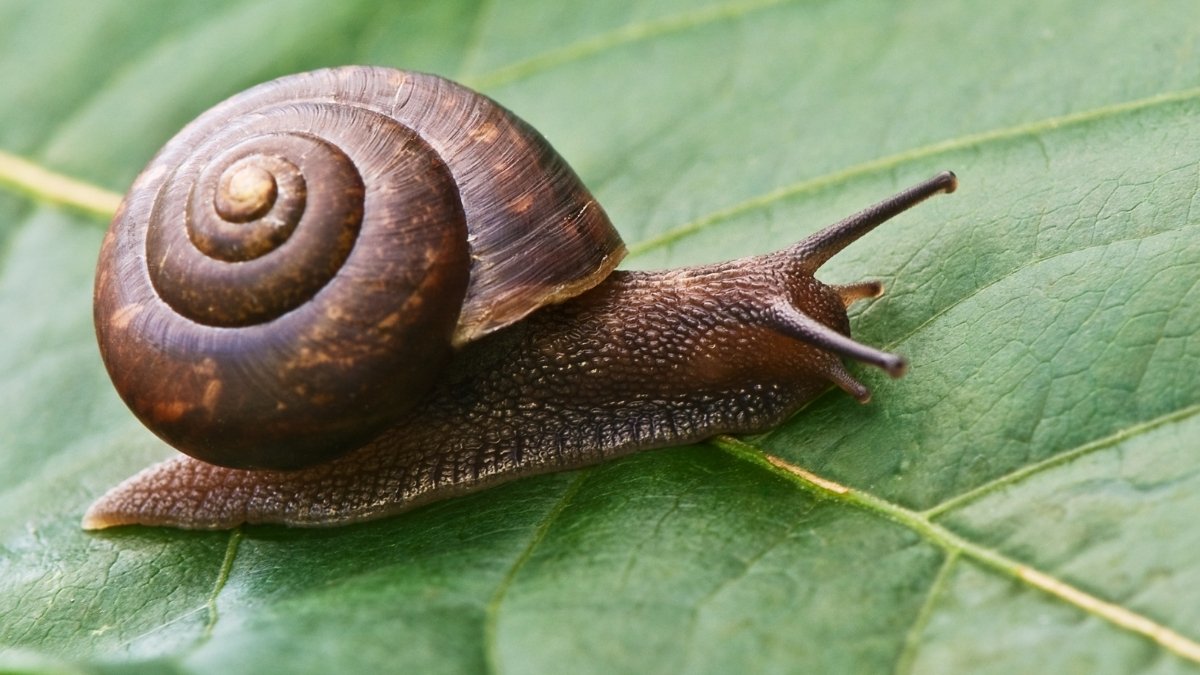
While technically engaging in aestivation (dormancy during hot or dry seasons), the Garden Snail (Cornu aspersum) holds an incredible record for sustained inactivity.
-
Duration: Up to three years.
-
Fact: They enter this state during dry and hot periods, sealing their shell's opening with a mucus membrane called an epiphragm to retain vital moisture, effectively making drought their "winter."
2. Australian Eastern Pygmy Possum
This tiny marsupial, native to Australia, holds the confirmed world record for the longest continuous hibernation among all known mammals.
-
Duration: Record of 367 continuous days (Guinness World Records).
-
Fact: They hibernate throughout the Austral Winter, typically from May to October. Their metabolic rate slows dramatically, using just a tiny fraction of the energy they would consume while active.
3. Queen Bumblebee
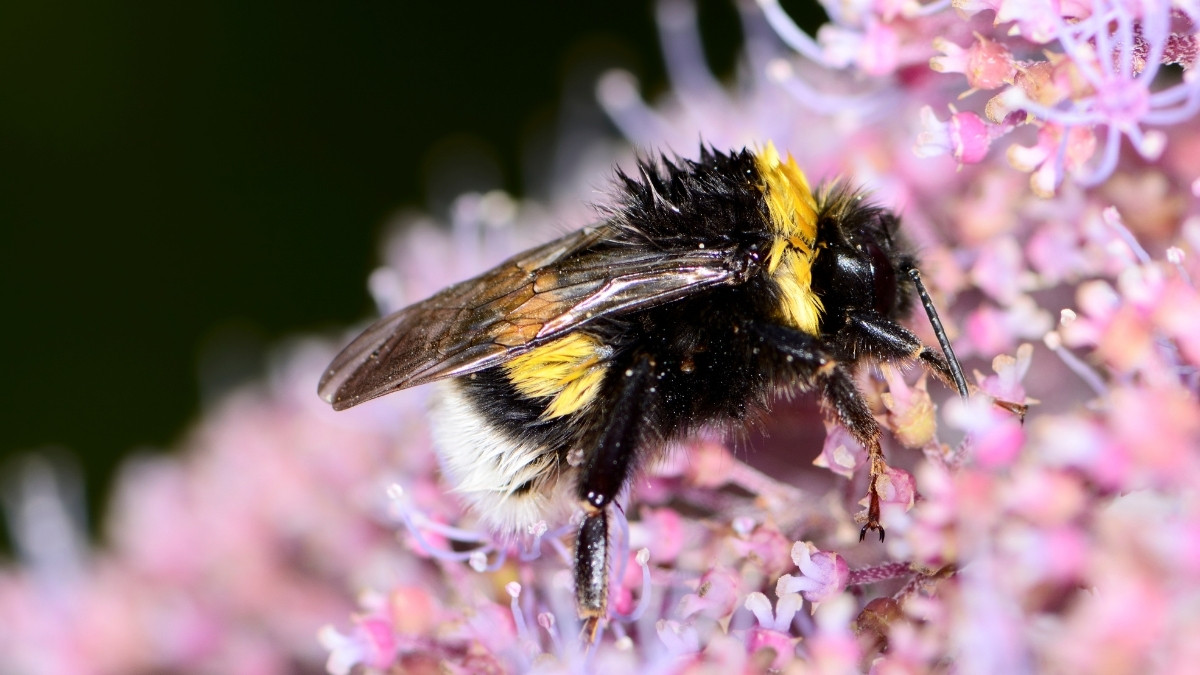
The entire bumblebee colony (workers and drones) perishes in the cold, leaving only the newly mated queens to ensure the species' survival.
-
Duration: Up to 9 months.
-
Fact: The queen sleeps through the winter, from late autumn to early spring (usually from October to April). She digs herself into dry soil until the weather warms up and spring flowers bloom to keep her alive.
4. Arctic Ground Squirrel
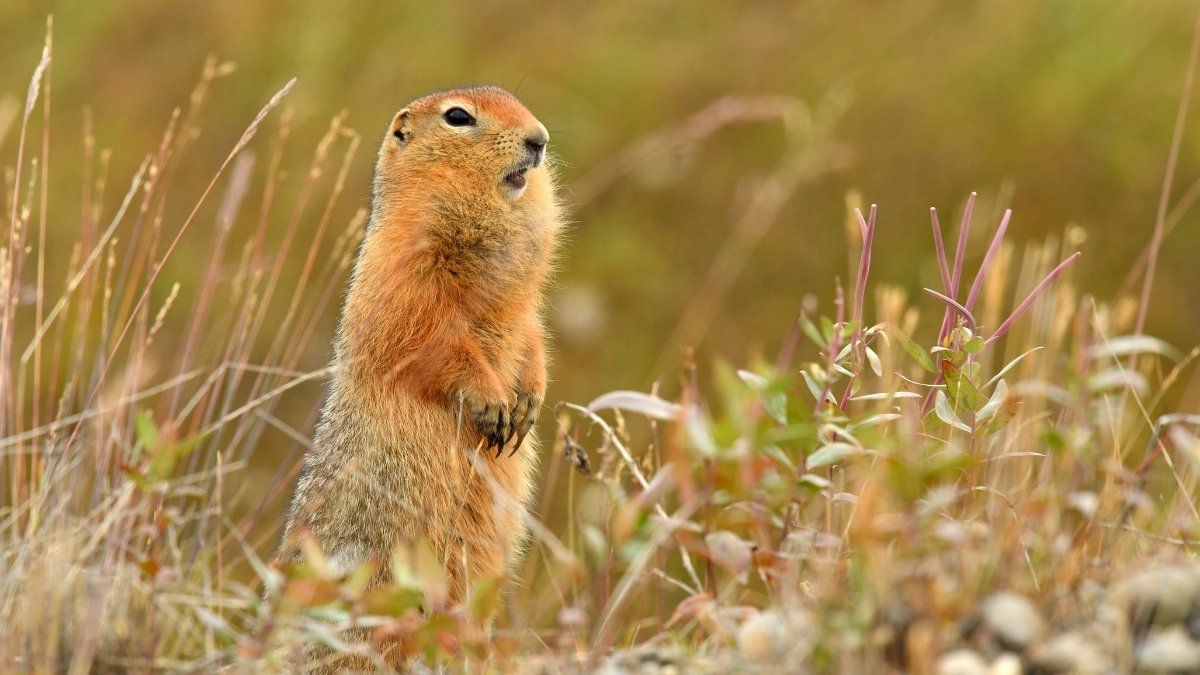
This rodent is a real physiological wonder. It can live in the harshest conditions because it has the lowest body temperature ever measured in a mammal.
-
Duration: 7 to 9 months.
-
Fact: They enter their burrows for their long sleep from late August/September until April/May. They can lower their core body temperature below freezing, a process known as supercooling, without damaging their cells.
5. Alpine Marmot
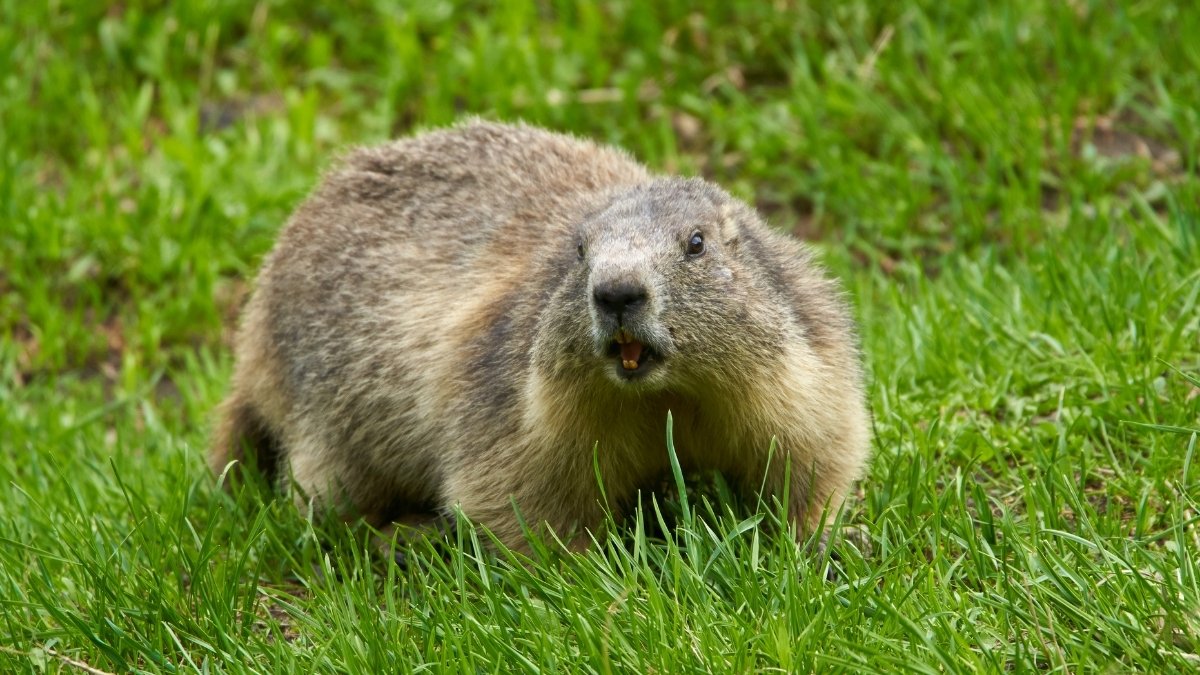
These social ground squirrels live in the high-altitude mountains of Europe and Asia, where they need to share warmth to sleep deeply and for a long time in the winter.
-
Duration: 7 to 8 months.
-
Fact: Around October, when the leaves start to fall, animals start to hibernate. They stay that way until early spring. They stay together in family groups in their burrows, which helps them survive the cold conditions in the mountains.
6. Fat-Tailed Dwarf Lemur
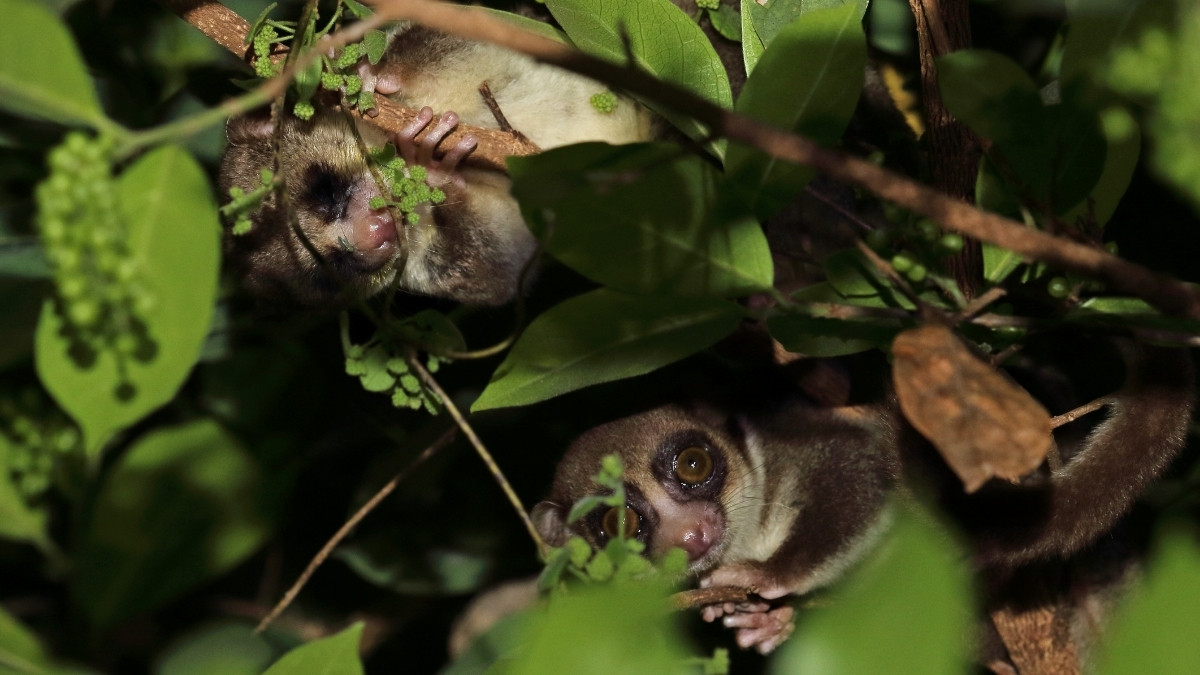
Around October, when the leaves start to fall, animals start to hibernate. They stay that way until early spring. They stay together in family groups in their burrows, which helps them survive the cold conditions in the mountains.
-
Duration: Up to 7 months.
-
Fact: During the island's dry and cool season (about May to November), they hibernate and use the fat stored in their tails as fuel.
7. Little Brown Bat
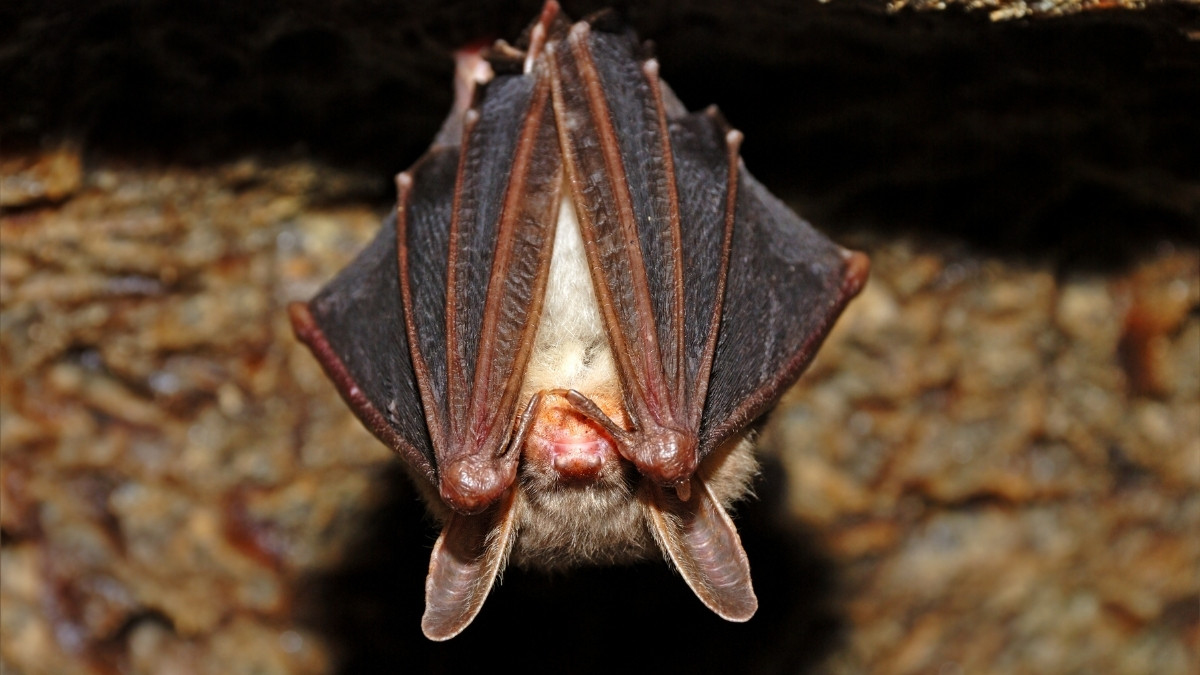
Bats are classic true hibernators, using abandoned mines and caves, called hibernacula, to survive the months when insects are unavailable.
-
Duration: 6 to 7 months.
-
Fact: They go into hibernation in the fall (September to November) and come out in the spring (March to May). During this time, they slow their heart rate down a lot, and they may only breathe once an hour.
Must Read: List of Top 5 Animals that can Live Both on Land and in Water
Hibernation is more than just a winter nap; it's a complicated biological reset that saves lives and helps us do things we never thought we could. These animals that hibernate, like the Arctic Ground Squirrel and the garden snail that doesn't move for years, show us that sometimes the best way to stay alive is to just stop and wait for a better day.
To read more such amazing stories, you can go ahead and add this site to your preferred sources by clicking here.
Comments
All Comments (0)
Join the conversation